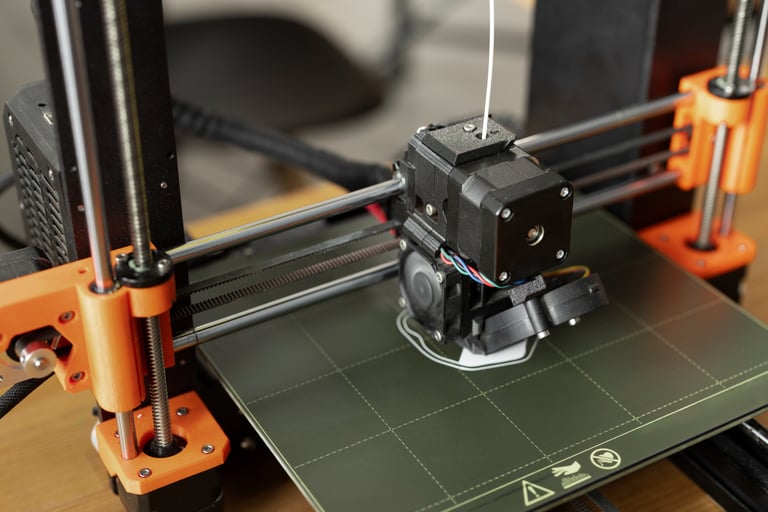Revolutionizing Electronics: The Rise of 3D Printing in Manufacturing
Explore the groundbreaking impact of how 3D printing is revolutionizing design flexibility, prototyping, and production efficiency in our latest blog


The world of electronics manufacturing is evolving rapidly, and one of the most exciting developments is the integration of 3D printing technology. This innovation is not just reshaping manufacturing processes; it's redefining the possibilities within the electronics industry.
The Emergence of 3D Printed Electronics
Traditionally, electronic components have been manufactured through a complex process involving numerous stages, from design to etching circuits onto a substrate. However, 3D printing, or additive manufacturing, has introduced a more streamlined approach. By building objects layer by layer, 3D printing allows for the creation of complex structures with precision and speed. In the electronics industry, this means being able to print circuit boards, sensors, and even antennas directly onto various substrates.
Advantages Over Conventional Methods
One of the key benefits of 3D printing in electronics is the ability to prototype rapidly. Designers can quickly test and modify their designs, accelerating the development process significantly. Additionally, 3D printing offers unparalleled design flexibility, enabling the production of parts and components that would be impossible or too costly to make using traditional methods.
Another advantage is the reduction in material waste. Traditional manufacturing methods, like subtractive processes, often result in significant material wastage. In contrast, 3D printing uses only the necessary amount of material, aligning with the growing emphasis on sustainability in manufacturing.
Impact on Customization and Decentralized Production
The rise of 3D printing in electronics also paves the way for greater customization. Manufacturers can easily alter designs to cater to specific needs without the requirement for large production runs or the creation of new molds. This flexibility is particularly advantageous for producing specialized electronic components.
Furthermore, 3D printing supports the trend towards decentralized production. By allowing onsite manufacturing, it reduces the need for extensive supply chains and logistics, which can be both cost and time-intensive. This aspect is especially crucial in scenarios where speed is of the essence, such as in medical device production or in remote locations.
Challenges and Future Directions
Despite its many benefits, 3D printing in electronics also faces challenges. One of the primary concerns is the quality and reliability of printed electronic components, especially for high-performance applications. As the technology continues to advance, ongoing research and development are focused on enhancing the precision, durability, and functionality of 3D-printed electronics.
Looking ahead, the future of 3D printing in electronics is bright and brimming with potential. Innovations in materials, alongside advancements in printing technologies, are expected to further expand the capabilities and applications of 3D printing in this field. From wearable technology to aerospace applications, the impact of this technology is set to be far-reaching, offering a glimpse into the future of electronics manufacturing where efficiency, customization, and sustainability are at the forefront.
3D printing is revolutionizing the electronics manufacturing landscape. By enabling rapid prototyping, reducing waste, and allowing for greater design flexibility and customization, it's not just a trend but a transformative force in the electronics industry. As we embrace these changes, we can anticipate a future where electronic manufacturing is more efficient, innovative, and responsive to the ever-changing demands of technology and society.








Key Advantages
Rapid prototyping
Design flexability
Reduction in material waste



